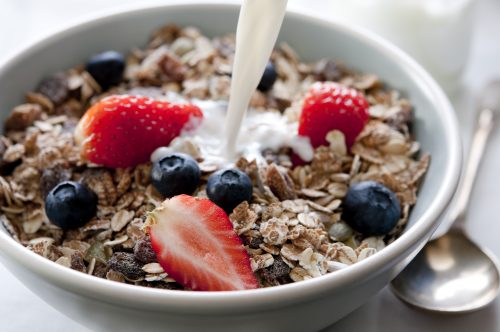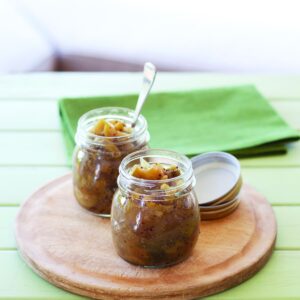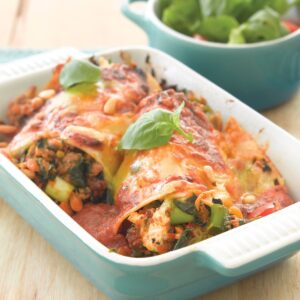
We take the confusion out of cereal shopping.
Cereal is perfect for breakfast when time is tight on busy mornings. But the supermarket cereal aisle can be confusing. Which cereals cater best for you and your family's tastes and needs? Here's a guide to what to look for on the packaging.
Tips and traps
Fibre
A high-fibre breakfast cereal is a great way to start the day.
Quick tips
- Most of us don't get enough fibre in our diets, so the more fibre in your cereal, the better. For adults, over 6g fibre per 100g is good, and over 10g fibre per 100g is better.
- Children don't need as much fibre as adults, so keep their intake between 5-15g fibre per 100g.
- Go for whole grains, which retain the nutrients and fibre lost in refined grains. Look for the word 'whole grain' in the ingredients list.
Salt
Be aware of the possible high salt (sodium chloride) content.
Quick tips
- Look for cereals with less than 400mg sodium per 100g. The less sodium, the better.
- Cereals with no added salt are best. These will usually have less than 20mg sodium per 100g.
Sugar
Given the opportunity, children would probably choose cereal by the colours, characters and illustrations on the packaging. Some cereals aimed at children are a third or half sugar – or even more! So the cereal aisle is a good place to start talking to your kids about what healthy foods are, to help them develop healthy habits.
Quick tips
- Compare products by checking the 'per 100g' column in the nutrition information panel. As a guide, aim for less than 15g sugar per 100g. Less is better.
- If the product contains dried fruit, the sugar level will be higher. In this case, aim for less than 25g per 100g.
- Both kid- and adult-targeted cereals can be sugar traps. Check labels on all cereal varieties.
Vitamins
A healthy diet gives you all the nutrients you need for the day, so you don't have to choose cereal based on added vitamins and minerals. It's also worth noting that cereals with iron have non-haem iron (which isn't absorbed by the body) as well as haem iron (which is found in meat).
Breakfast cereal checklist
Choose cereal with…
- More fibre: aim for more than 10g per 100g. More fibre is good for adults, but for children no more than 15g per 100g.
- Less sodium: aim for less than 400mg per 100g. Even better, choose a cereal with no added salt.
- Less sugar: aim for less than 15g sugar per 100g; for cereals with dried fruit, aim for less than 25g per 100g.
- Whole grains: these cereals are higher in vitamins and fibre.
www.healthyfood.com










